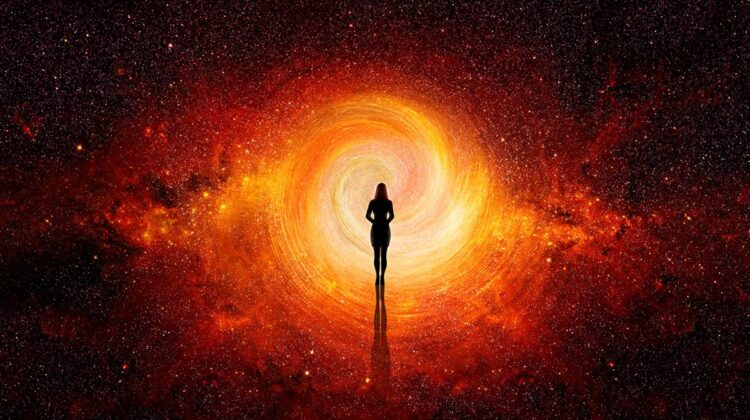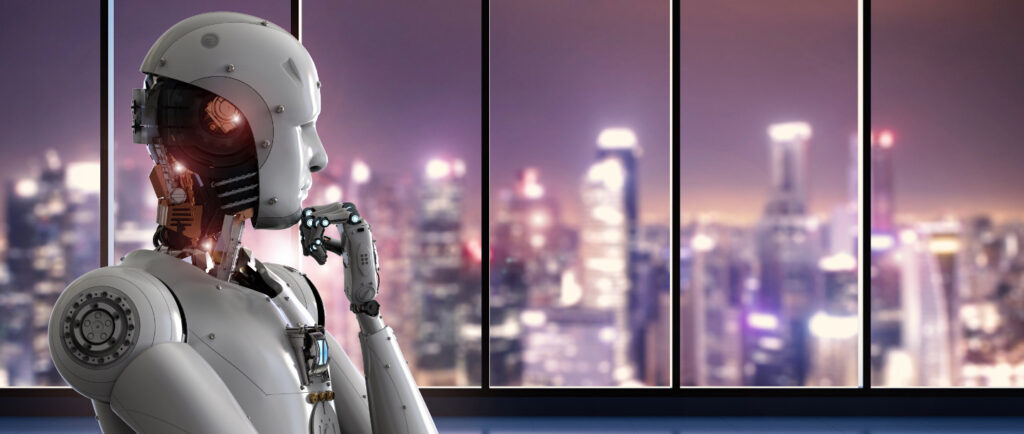
Ray Kurzweil, a renowned computer scientist and futurist, has once again ignited discussions with his audacious proclamation that humans could achieve immortality by the year 2030. This bold prediction is not the first of its kind from Kurzweil, who has a track record of remarkably accurate foresight when it comes to technological advancements.

Kurzweil’s reputation for accurate prognostications was established in 1990 when he confidently forecasted the eventual triumph of computers over human world chess champions by the year 2000. He also foresaw the rise of portable computers and smartphones, the transition to wireless technology, and even predicted the explosive growth of the Internet before it became apparent to the masses.
In a 2010 review of his own predictions spanning two decades, Kurzweil’s self-assessment revealed a high level of accuracy. Of the 147 predictions he made about the years leading up to 2010, an impressive 115 were deemed “entirely correct,” with an additional 12 considered essentially correct. Only a mere 3 predictions were proven to be entirely wrong. Admittedly, there have been instances where Kurzweil’s forecasts missed the mark, such as his prediction that self-driving cars would be a common sight on roads by 2009.

While Kurzweil’s projection of human immortality by 2030 might be met with skepticism, his consistent adherence to his stated timelines demands consideration. He has demonstrated an exceptional ability to stay remarkably close to his initially proposed dates for pivotal advancements.
“In 2029, I anticipate the achievement of an AI that can successfully pass a Turing test, signifying the attainment of human-level intelligence,” Kurzweil asserted during an interview with Futurism in 2017. Looking ahead, he has designated the year 2045 as the period of the ‘Singularity,’ a moment when our collective intelligence will surge a billion-fold as we merge with the artificial intelligence we have created.
Delving into the concept of immortality, Kurzweil envisions that by 2030, we will have unlocked the means to “continuously extend human life expectancy” by adding more than a year of life for every year that passes. This progression, leading toward the singularity two decades later, is set to encompass the deployment of nanobots coursing through our bloodstream, undertaking repairs and establishing a link between our brains and the cloud. Once realized, this development will enable us to transmit videos and even emails directly from our minds, serving as a conduit for memory backup.
Kurzweil does not view the singularity with apprehension; rather, he perceives it as a gateway to human enhancement, culminating in a state he eloquently describes as “godlike.”
“In the future, we will be endowed with greater humor, heightened allure, and enhanced abilities to convey sentiments of love,” he articulated in 2015.
The impending transformation is expected to empower us with the capability to seamlessly access vast computational resources. As Kurzweil explains, “Consider a scenario where I need to tap into the power of 10,000 computers for a mere two seconds. I can accomplish this feat wirelessly, leveraging cloud technology to magnify my computational prowess a thousand-fold, similar to how my smartphone augments my capabilities today.”
Despite recent strides in utilizing nanobots for targeted drug delivery to brain tumors, achieving Kurzweil’s vision within the next seven years remains a challenging feat without significant leaps in technological progress. Notably, advancements in brain-computer interfaces have enabled paralyzed patients to communicate through thought, and even primates have successfully engaged in activities like playing Pong through these interfaces.
However, the gap between these accomplishments and Kurzweil’s expansive future depiction underscores the existing disparity in human-AI interactions. As we stand, the majority of these interactions remain anchored in traditional approaches. As time progresses, only the unfolding years will unveil whether Kurzweil’s forecasts stand the test of time. Encouragingly, according to his predictions, time itself is an abundant resource we possess.

Leave a Reply